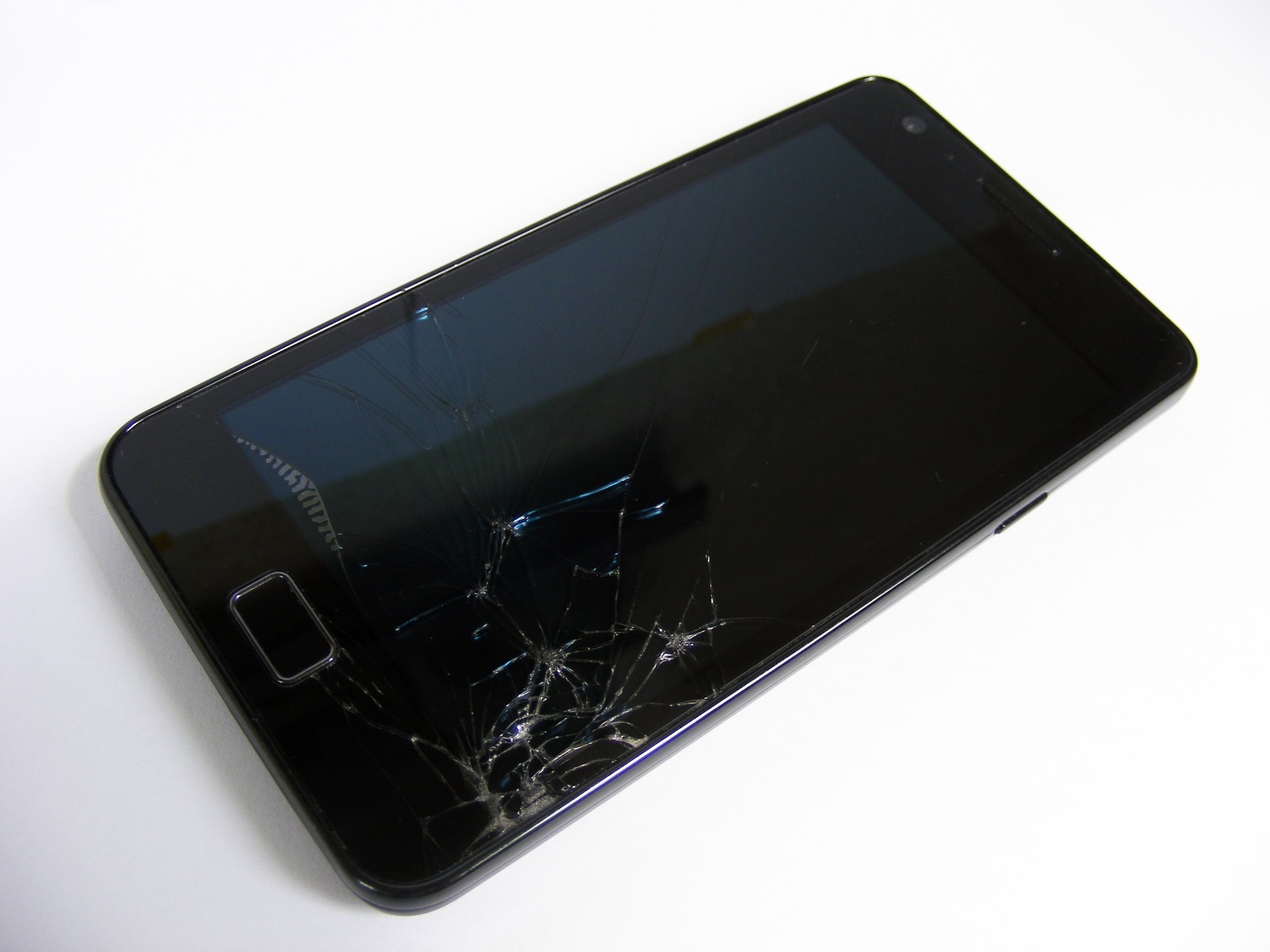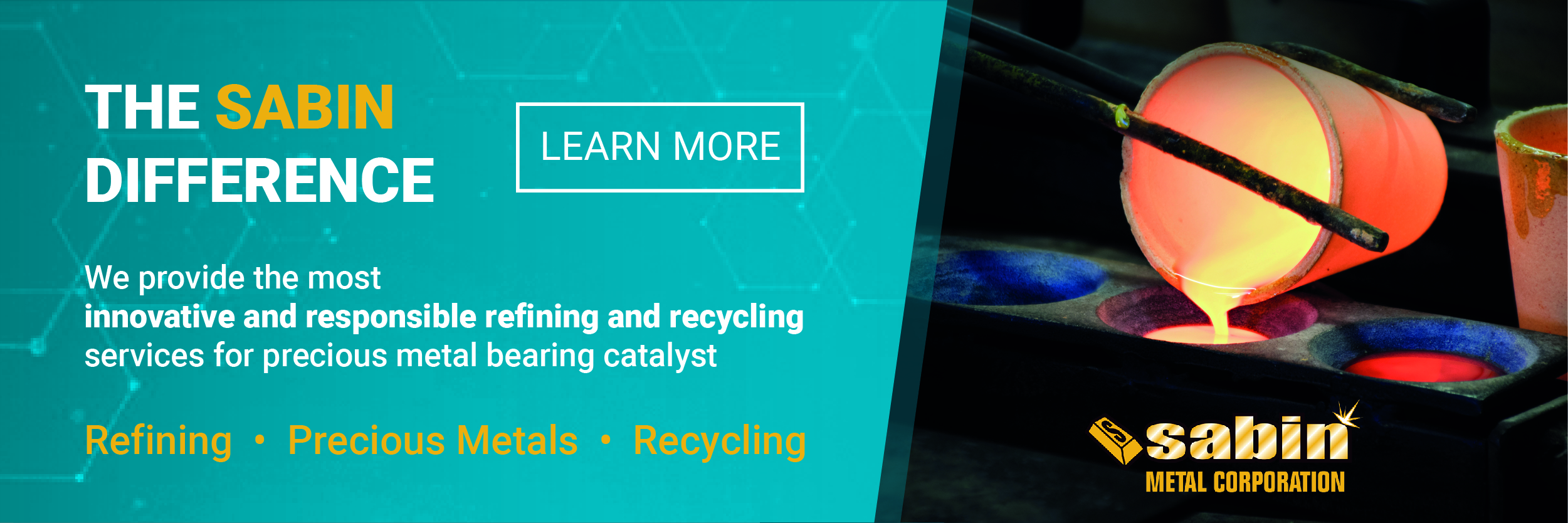Materials Science
Wouldn’t it be great if that screen could fix itself? 7th February 2019
By Sarah Harding, PhD
We look at the new science of self-healing materials and some of its potential applications. Do you let your child
We look at the new science of self-healing materials and some of its potential applications.

Do you let your children play with your smartphone? Most parents are driven to do so at some point (yes, I know our parents managed to raise us without technology, but it’s a different world now, okay?) It’s all fine until your little angel drops it on the floor, and your heart sinks as you see that crack and… wouldn’t it be great if that screen could fix itself?
Well, we are in the midst of a fascinating rise of self-healing materials that promise to do just that.
Self-healing materials are substances with the ability to automatically repair themselves, either as an instrinsic repair of the material or through the addition of a ‘repair agent’ contained in a microscopic vessel. This is new and exciting technology, as self-healing materials have only really emerged as a recognised field of study in the last decade.
Although self-healing covers many classes of materials, the most common are polymers. The properties of polymers make them particularly suited to these systems. The reactions involved are multiple and varied, and we don’t have space to cover them here, but I hope experts in the field will forgive me if I summarize them simply as re-applying the original conditions used to align and polymerize the composite molecules in the first place.
The applications for this technology would appear to be boundless. For example, self-healing coatings can protect against microcracks and damage from environmental elements, or against electrical failure in fibre-reinforced composites and microelectronics. The automotive sector has already begun to use self-healing aftermarket coatings, but is now sampling much higher performing materials. For example, the growing use of fragile composites in automotives is a strong driver for the development of self-healing composites.
Although self-healing concrete is at an early stage of development, it is well suited to the technology. Tiny cracks can lead to big problems, and it is typical for small cracks to form after just 3 years. Healing agents, housed in capsules and vascular tubes, are released when ruptured. Studies have mainly focused on improving the quality of these housings and encapsulated materials.
Self-healing ceramics can add to a material’s integrity and reliability. ‘MAX phase’ compounds, which are layered, hexagonal carbides and nitrides, were discovered in the 1960s and have long been known to possess unusual properties. However, it was relatively recently discovered that they have an intrinsic healing mechanism. Potential applications include high-temperature heating elements, irradiation-resistant parts for nuclear applications, and thermal shock-resistant refractories.
In metals, self-healing is difficult due to their low atom mobility. Therefore, research has focussed on the formation of precipitates, with the goal of arresting the spread of damage. This initially involved the precipitation of copper, but it has since been recognised that gold atoms are highly efficient healing agents in iron-based alloys. In this setting, the gold solute remains dissolved until defects are formed, upon which it precipitates to fill any cavities.
In 2017, researchers at the University of Illinois applied self-healing technology to lithium-ion batteries to make them more reliable and last longer. The anode inside the lithium-ion batteries that power our portable devices are typically made of graphite. However, over time, the charge does not last as long as it did when the batteries were new. To combat this problem, a novel silicon anode was refined by giving it the ability to fix itself through a reversible chemical bond between the silicon and a polymer binder. The new battery retained 80% of its initial capacity, even after 400 recharges, and was able to store more electricity than a graphite anode battery of the same size.
And my personal favourite – the self-healing glass discovered by accident by a student at the University of Tokyo. Glass made from a low weight polymer called polyether-thioureas can heal itself when pressed together by hand, without the need for high heat to melt the material. The discovery was made by graduate school student Yu Yanagisawa, who was preparing it as a glue. Yanagisawa found that when the surface of the polymer was cut the edges would adhere, healing to form a strong sheet after being manually compressed for 30 seconds. Further experimentation found that the healed material regained its original strength after a couple of hours. It is hoped that the discovery will help make smartphones more sustainable by eliminating cracked screens.
As a new field, less than 25 companies are active in this space right now, according to VentureRadar. This suggests a multitude of opportunities for those agile enough to take up the roles of early innovators and get ahead of the curve. The future of materials science surely lies in self-healing.
Plus, modern parents with smartphones need your help. Because won’t it be great when that screen can just fix itself?



